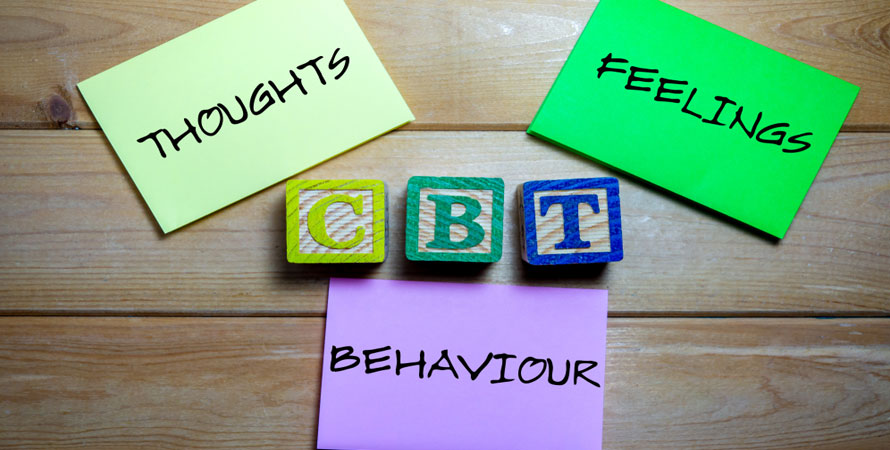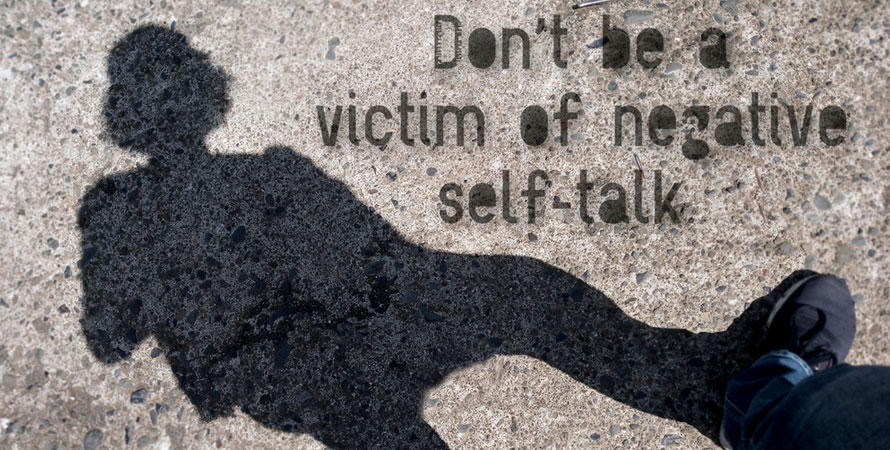What is Anxiety?
Anxiety is a very common reaction in our bodies. You know when you feel panic and worry right before an exam? That is anxiety. Everyone feels anxiety at some point in their life. However, an anxiety disorder is when these feelings of anxiety are persistent and consistent.
Examples of anxiety disorders include generalized anxiety disorder, social anxiety, and panic disorder.
Anxiety disorder can come hand in hand with panic attacks. These are episodes of intense feelings of chest pain, heart palpitations, body pain, hyperventilation, tunnel vision, blood rushing to your head, dizziness, sweating, feeling cold, tingling, or numbness.
Panic attacks occur very fast and fill a person with terror and anxiety that they can’t control.
Anxiety disorders are usually caused by trauma, stress, and sometimes the personality of a person. They are also caused by medical conditions such as heart disease or diabetes.
Therapy for Anxiety
Before we get into the long-term strategies that you can do for yourself to get rid of anxiety, let’s take a look at the therapy techniques used by mental health workers to help people cope with anxiety.
Cognitive Behavioral Therapy
In CBT, your therapist equips you with good mental thought patterns so that you can beat mental health issues such as anxiety or depression.
Behavioral Experimentation
This is a form of therapy in CBT where a mental health worker will ask you to describe in detail how you expect anxiety-inducing events to play out. After you do this either in the form of talking or in a journal, you proceed to actually do the thing that was giving you anxiety.
After the event has passed, you compare your notes with what actually happened. You will soon realize that most of the time, these anxious predictions do not play out. Over time, you begin to gain confidence over events that once brought you panic attacks.
Other effective forms of CBT for anxiety include cognitive restructuring, guided discovery, exposure therapy, journaling, and many others.
6 Long Term Strategies for Coping with Anxiety
1. Learn your triggers
The first step to coping with anxiety in the long run is to discover your triggers. Triggers are words, or phrases, maybe even a scene in a movie that seem to sour your mood, cause a panic attack, make you cry, and generally ruin your day.
Once you identify these triggering materials, make it a point to stay away from them. Read trigger warnings and take heed. Don’t compromise your state of mind just to watch a movie you know will ruin your mood.
2. Journal
Journaling is actually a method used in Cognitive Behavioral Therapy (CBT). Isn’t it amazing that we have a free tool available to us at any time in the day? Therapists recommend journaling for patients to help them identify their feelings and work through them.
There is something about putting your thoughts to paper that soothes the mind and makes everything slightly better.
3. Meditate And Do Breathwork
Meditation might sound like woo-woo, but it is also a real activity recommended in therapy work. The mind-body connection makes all the difference when it comes to a mental disorder like anxiety or OCD.
The next time you feel anxious, take a few deep breaths, and watch the magic work on you. You will feel lighter and more in control of your thoughts.
4. Work Out More
Did you know that exercise is something really important for overall body health? Most people forget that exercise is as essential as showering or brushing your teeth. Exercise helps you work through difficult emotions like anger or anxiety.
Exercise allows blood and oxygen to flow throughout your body and warms you up in a good way. This is good for anxiety disorders.
5. Establish Routines
Routines are very important for generalized anxiety disorder or depression. When you get into a daily routine, your body gets used to those habits, and it begins to go into auto-pilot after a few days.
Even when you don’t feel like it, your body will still be ready for the routine. Take for example, you make it a habit to journal every day before bed.
As the days go by, this habit becomes cemented into your daily routine. A habit like journaling is very good for anxiety, and now it is a permanent fixture in your life.
6. Positive Self Talk And Encouragement
This is a part of CBT called cognitive restructuring. One thing that people with cognitive distortions don’t understand is that a positive outlook on life is the norm for most people. It might sound unbelievable to you, and if so, you need this all the more.
Focus on being kinder to yourself. Encourage yourself more whenever you are feeling demotivated or uninspired. And like all thing done with consistency, it will become a part of your life.
The Takeaway
In order to cope better with anxiety, you definitely have to first commit to trying out several coping strategies to see which one works for you.
Coping with anxiety means dedicating yourself to anxiety-beating routines and sticking with them long enough to actually see results.
If you are planning on experimenting with what coping techniques will work for you, then you are already half way there! That’s awesome. So, keep swimming and get to a better mental state day by day.









